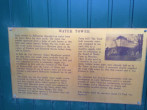WATER TANK
COCOROC ROAD COCOROC, WYNDHAM CITY
-
Add to tour
You must log in to do that.
-
Share
-
Shortlist place
You must log in to do that.
- Download report


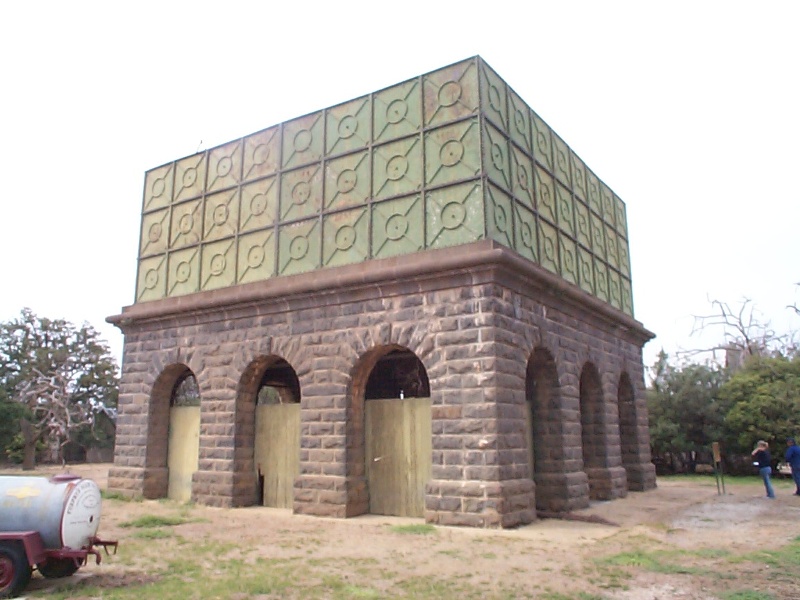
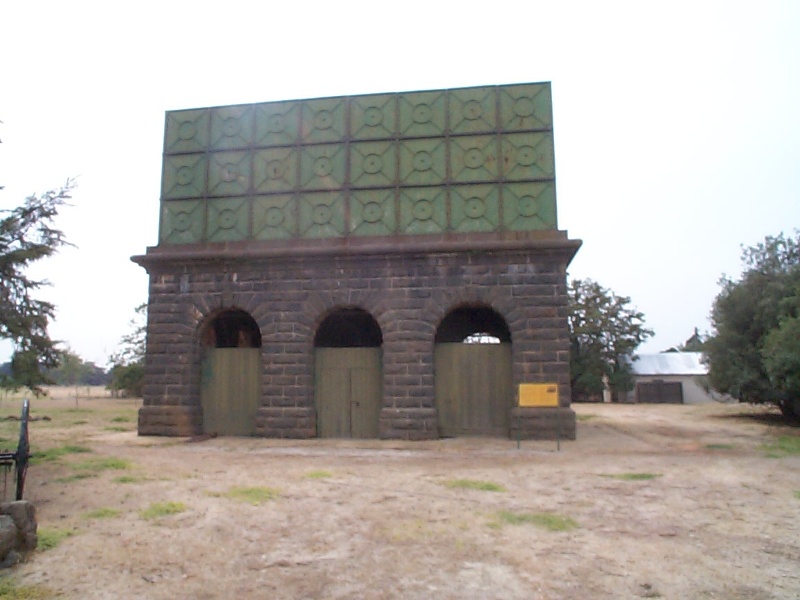
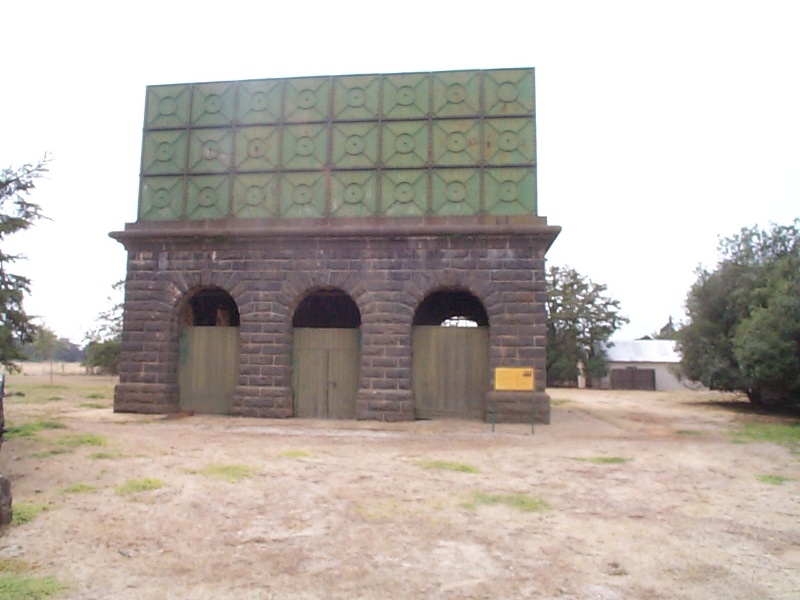
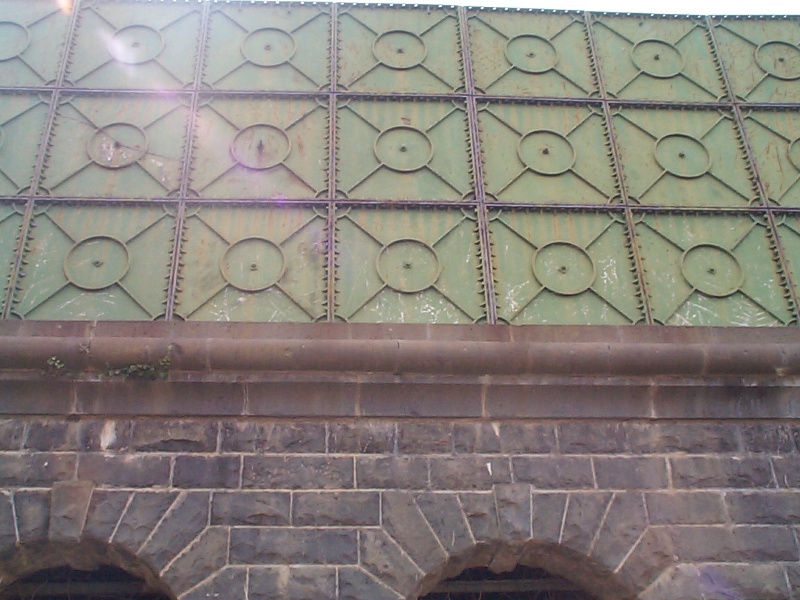
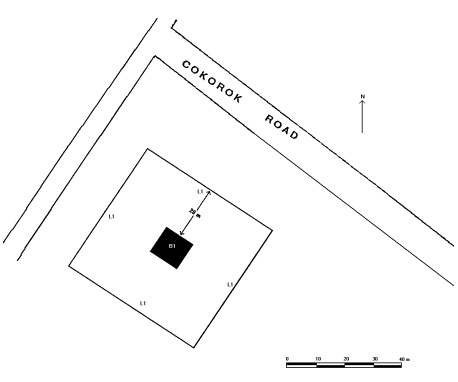

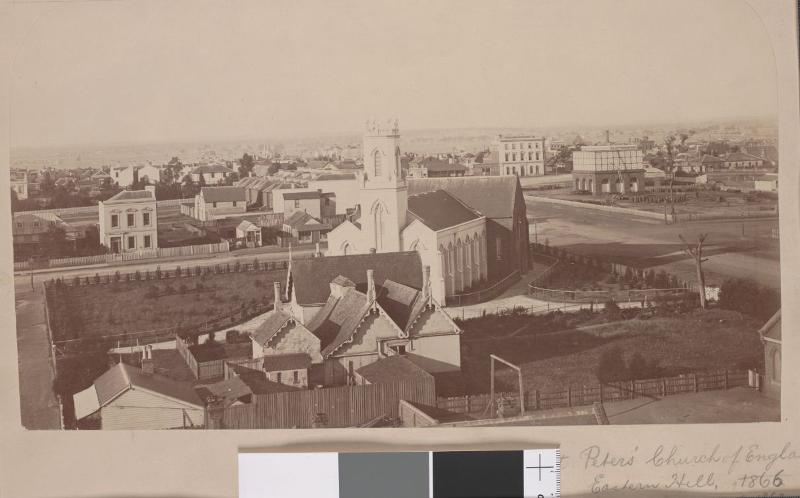
Statement of Significance
The tank at the Western Treatment plant, Werribee is a 150 000 gallon water tank erected originally in 1854, near the corner of Albert and Gisborne Streets, East Melbourne. John Davis, a master mason, was hired to build the tank base. The tank, originally constructed to supply water to Melbourne, was constructed on an arched bluestone base and assembled of pre-fabricated cast iron rimmed plates bolted together. Originally holding Yarra River water, the tank held reservoir water from 1857 onwards. In 1892 the tank, together with its bluestone stand, were dismantled and re-erected at the Metropolitan Sewerage Farm, Werribee. The tank was used as a stand-by in case of mains failure up until 1925 when it ceased to provide this function. In 1929 the tank was drained.
How is it significant?
The water tank at the Western Treatment Plant, Werribee is of historical and architectural importance to the State of Victoria.
Why is it significant?
The water tank at the Western Treatment Plant, Werribee is of historical importance for its associations with the development of early Melbourne. Built in 1854, it was the first public water supply system in Victoria and today serves as a link in the chain of understanding between the primitive services available to the public in early Melbourne and the relatively sophisticated services of the 1860s. The water tank has strong associations with the Yan Yean water supply system, as it was the first step in supplying clean water to Melbourne until the Yan Yean supply was turned on 31 December 1857. The water tank exists today as an important reminder of the early provision of services to the city of Melbourne.
The tank at the Western Treatment Plant, Werribee is of architectural importance as a particularly early example of an engineering structure in Victoria. The tank is rare because of its combination of form, size and method of construction. The tank is illustrative of design and construction practice in the 1850s and is a notable example of an early Victorian engineering structure. Of particular note is the high quality of design and construction in the arched bluestone base. The use of imported pre-fabricated cast iron plates in the tank's construction is significant as few extant structures demonstrating prefabrication techniques and including imported prefabricated elements still survive in Victoria.
-
-
WATER TANK - History
Contextual History:
In 1835 the first settlers arrived in Melbourne, and for fifteen years the water supply for the residents (except what rainwater was conserved by individuals) was obtained from the River Yarra, above a natural reef of rocks situated where the Queens Bridge now stands. The water was pumped by hand into water carts and water from Hobson’s Bay overflowing it at high tide and rendering the water brackish for a few hours thereafter, the reef was artificially raised. It was removed in 1884 in connection with alterations of the river to increase the waterway and reduce the risk of damage by floods. In 1842 Melbourne obtained a Municipal Corporation, and among other things, the duty of providing a water supply for the inhabitants was assigned to the Town Council, but without endowment, adequate rating power, or other means for the purpose. In 1850 a small steam engine was erected by private enterprise, and the river water was pumped by it into a tank at the north-eastern corner of Flinders Street and Elizabeth street, whence the water was distributed by water carts (MMBW 1902). The water pumped from the river and supplied in horse drawn barrels was no longer refreshing and pure, but dubious of taste, doubtful of colour, and disease content unknown (Payne. J.W, 1975, p. 124).
Successive attempts had been made to improve matters, and it was not until a scheme devised by engineer John Blackburn using the Plenty River and involving the construction of the Yan Yean reservoir was accepted that the construction of Melbourne’s first water supply scheme began.
History of Place:
Work on the Yan Yean reservoir began December 1853 but an immediate source of water was needed in Melbourne. The plan was to pump water from the Yarra to a tank. John Davis, a master mason was hired to build the tank. The base was of bluestone, twenty foot high. Cast iron rimmed plates five foot square were bolted together to form the water tank, forty foot square and fifteen foot deep. The tank had a capacity of approximately 150,000 gallons, 682, 000 litres. The cost of the masonry was £ 6,160 and the tank cost £ 8,400. The tank had four compartments, one of which was filled with charcoal. Water was supplied to the tank by steam powered pump from the Yarra about 80 metres upstream from Princes Bridge.
The tank and pump started working December 1854. These temporary works supplied Melbourne with water until the Yan Yean supply was turned on 31 December 1857.
The tank became a well known landmark of Melbourne, as it was erected on the highest point in the city, 160 foot above sea level. When the March 1878 floods partially cut the supply from Yan Yean, water was once again drawn from the tank. In 1892 the tank together with its bluestone stand were dismantled and re-erected at the sewerage farm at a cost of £ 1,128.
The tank was used as a stand-by in case of mains failure, and in 1878 when water supply was cut off due to flooding damaging the Plenty River Aqueduct the authorities at East Melbourne had wisely taken the step of filling the Eastern Hill tank with water from Preston before supplies ran low, and the city was once again dependent on the 100, 000 gallon tank for supplies of fresh water (MMBW, 1976, p.16). In 1925 it ceased to provide this function as stand-by and in 1929 it was drained.
The tank is a unique memorial to public enterprise in the 1850s. It also serves as a link in the chain between the primitive Melbourne and the relatively sophisticated capital of the 1860s. The area under the tank was used as a store, both at Werribee and East Melbourne. At east Melbourne, the tank stood on the site now occupied by the Royal Eye and Ear Hospital. The tank was the first public water supply system reservoir in Victoria (National Trust File 2942).WATER TANK - Assessment Against Criteria
Criterion A
The historical importance, association with or relationship to Victoria's history of the place or object.
The Water Tank at the Metropolitan Sewerage Farm Werribee is historically significant for its relationship to Victoria's early attempts to supply water to Melbourne. It was used when work on the Yan Yean reservoir began December in 1853 and an immediate source of water was needed in Melbourne. The tank was the first public water supply system reservoir in Victoria.
Criterion B
The importance of a place or object in demonstrating rarity or uniqueness.
The tank was the first public water supply system reservoir in Victoria. and is the only tank of its size known to exist in Victoria.
Criterion C
The place or object's potential to educate, illustrate or provide further scientific investigation in relation to Victoria's cultural heritage.
The water tank demonstrates Victoria's early attempts to supply water to Melbourne and indicates the beginning of the chain of events that lead to providing a dependable supply of water to Melbourne. The tank illustrates early engineering techniques in its construction. It also serves as a link in the chain between the primitive Melbourne and the relatively sophisticated capital of the 1860s.
Criterion D
The importance of a place or object in exhibiting the principal characteristics or the representative nature of a place or object as part of a class or type of places or objects.Criterion E
The importance of the place or object in exhibiting good design or aesthetic characteristics and/or in exhibiting a richness, diversity or unusual integration of features.Criterion F
The importance of the place or object in demonstrating or being associated with scientific or technical innovations or achievements.
The tank demonstrates early methods of construction and is an engineering feat for its large size and capacity. The tank's construction includes imported cast iron panels which are an example of early pre-fabrication.
Criterion G
The importance of the place or object in demonstrating social or cultural associations.Criterion H
Any other matter which the Council considers relevant to the determination of cultural heritage significanceWATER TANK - Permit Exemptions
General Exemptions:General exemptions apply to all places and objects included in the Victorian Heritage Register (VHR). General exemptions have been designed to allow everyday activities, maintenance and changes to your property, which don’t harm its cultural heritage significance, to proceed without the need to obtain approvals under the Heritage Act 2017.Places of worship: In some circumstances, you can alter a place of worship to accommodate religious practices without a permit, but you must notify the Executive Director of Heritage Victoria before you start the works or activities at least 20 business days before the works or activities are to commence.Subdivision/consolidation: Permit exemptions exist for some subdivisions and consolidations. If the subdivision or consolidation is in accordance with a planning permit granted under Part 4 of the Planning and Environment Act 1987 and the application for the planning permit was referred to the Executive Director of Heritage Victoria as a determining referral authority, a permit is not required.Specific exemptions may also apply to your registered place or object. If applicable, these are listed below. Specific exemptions are tailored to the conservation and management needs of an individual registered place or object and set out works and activities that are exempt from the requirements of a permit. Specific exemptions prevail if they conflict with general exemptions. Find out more about heritage permit exemptions here.Specific Exemptions:EXEMPTIONS FROM PERMITS:
(Classes of works or activities which may be undertaken without a permit under
Part 4 of the Heritage Act 1995)
General Conditions:
All alterations are to be planned and carried out in a manner which prevents
damage to the fabric of the registered place or object.
Should it become apparent during further inspection or the carrying out of
alterations that original or previously hidden or inaccessible details of the
place or object are revealed which relate to the significance of the place or
object, then the exemption covering such alteration shall cease and the
Executive Director shall be notified as soon as possible.
If there is a conservation policy and plan approved by the Executive Director,
all works shall be in accordance with it.
Nothing in this declaration prevents the Executive Director from amending or
rescinding all or any of the permit exemptions.
Nothing in this declaration exempts owners or their agents from the
responsibility to seek relevant planning or building permits from the
responsible authority where applicable.
Exemptions:
No permit required for routine maintenance of the Water Tank, Metropolitan
Sewerage Farm Werribee.
No permit required to replace like with like on the Water Tank, Metropolitan
Sewerage Farm Werribee.
-
-
-
-
-
WATER TANK
 Victorian Heritage Register H1416
Victorian Heritage Register H1416 -
FORMER METROPOLITAN FARM
 Victorian Heritage Register H2400
Victorian Heritage Register H2400
-
..esterville
 Yarra City
Yarra City -
1 Alfred Crescent
 Yarra City
Yarra City -
1 Barkly Street
 Yarra City
Yarra City
-
-
Notes See all notes
17/11/14
As part of an extensive refurbishment by Melbourne Water in 2009, the tank has been granted a new lease on life as an interpretive centre.
Images See all images
Public contributions
Notes See all notes
17/11/14
As part of an extensive refurbishment by Melbourne Water in 2009, the tank has been granted a new lease on life as an interpretive centre.





